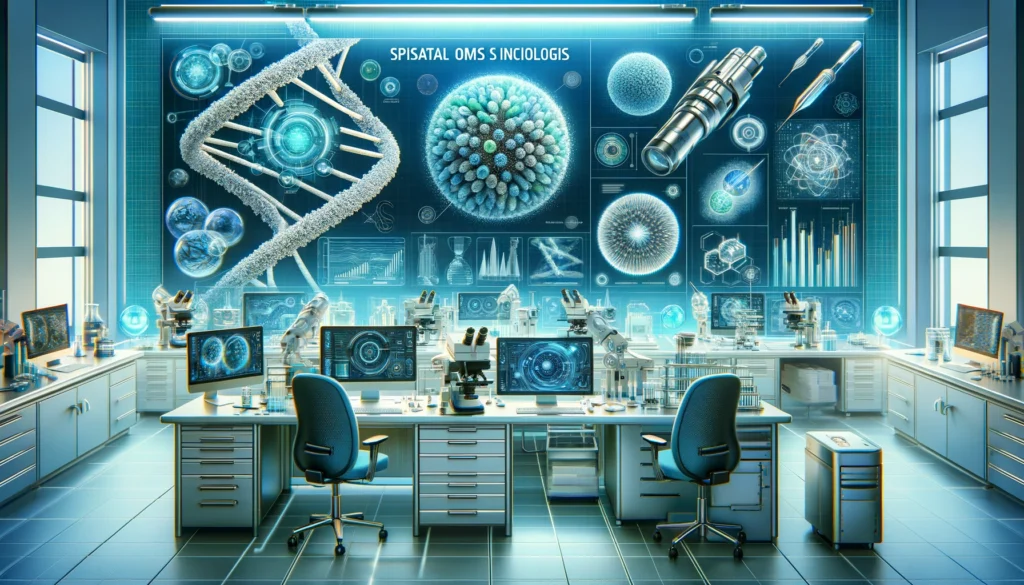Unraveling the Complexities of Life with Spatial Omics
In the quest to delve deeper into the secrets of biological processes at the molecular level, spatial omics technologies are leading a new era in life science research. This revolutionary approach combines advanced imaging techniques with high-throughput molecular data, offering scientists the unprecedented ability to view cellular and tissue interactions in intricate detail.
The Breakthrough of Spatial Omics
Spatial omics has paved the way for monumental discoveries across various fields, from neuroscience to infectious disease research. The technology’s ability to provide a three-dimensional view of organ development and disease progression is revolutionizing our understanding of biology and offering new pathways for therapeutic discovery.
From Axolotl Limbs to Human Spines: The Power of Spatial Resolution
One of the most exciting developments in spatial omics is its application in regenerative biology. Research into the axolotl’s regenerative abilities has been greatly enhanced through spatial omics, illuminating the cellular interactions that enable these creatures to heal and regrow limbs. Similarly, in humans, spatial omics is shedding light on spinal cord injuries and the potential for neural regeneration.
The Financial Trajectory of Spatial Omics
The market for spatial omics technologies is on a rapid ascent, with a total market value of $232 million in 2021 and an estimated growth to $587 million by 2030. This burgeoning industry promises not only scientific breakthroughs but also significant economic impact.
Conclusion
As we embrace the potential of spatial omics, the implications for medical research, biotechnology, and pharmaceutical development are immense. This technology is not just expanding our scientific horizons; it is paving the way for personalized medicine and a deeper understanding of complex diseases.




